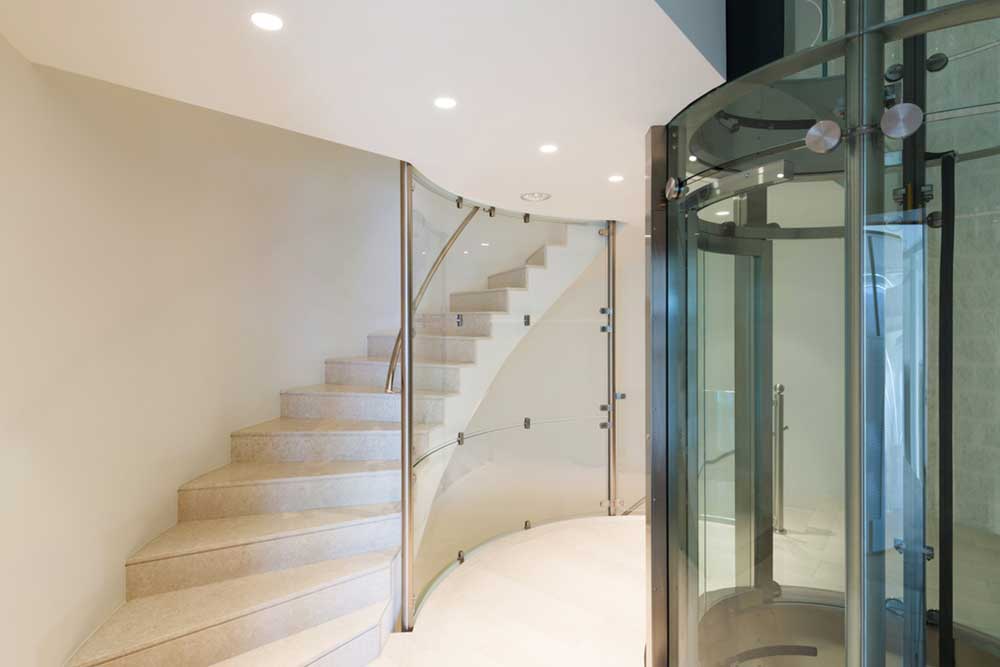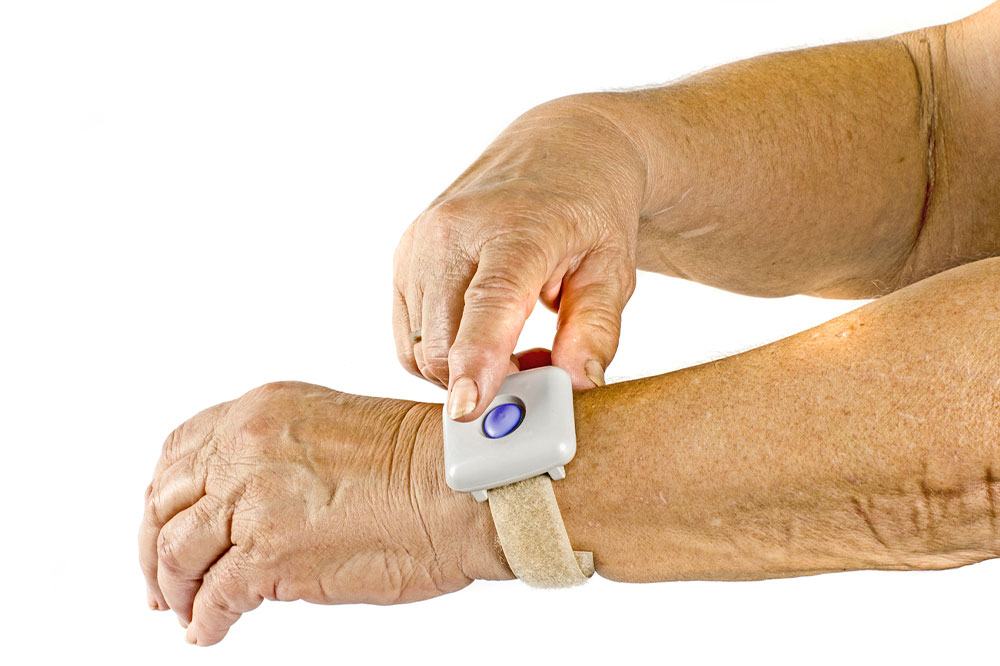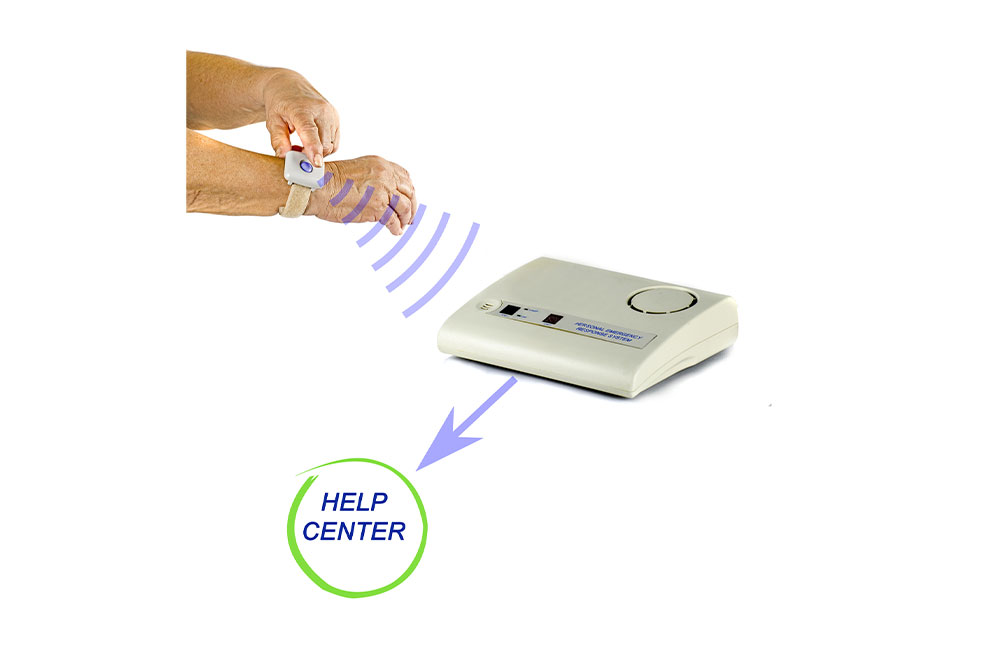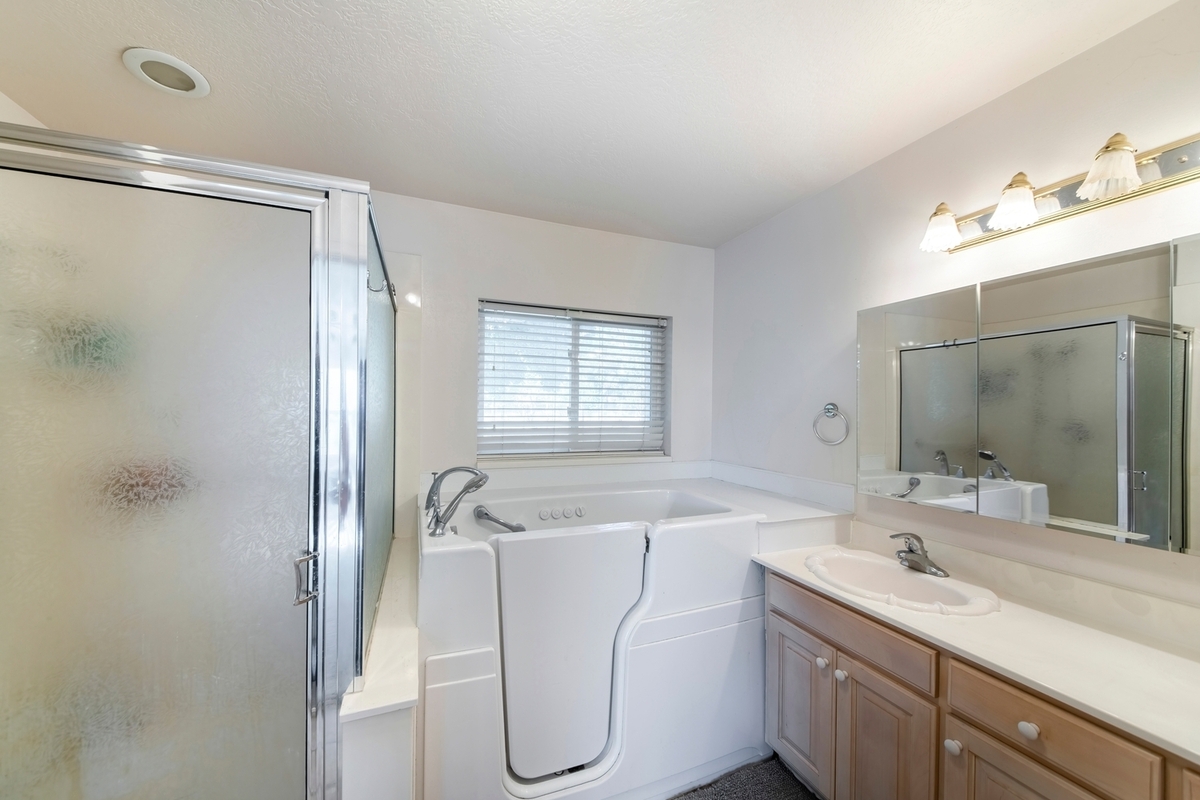Comprehensive Guide to Residential Elevators for Seniors in the US: Enhancing Mobility, Safety, and Property Value
This comprehensive guide explores the essential aspects of installing home elevators for seniors in the US. It highlights benefits like enhanced mobility, safety, and property value, discusses key factors such as space, budget, and maintenance, and compares different elevator types suitable for various home environments. Ideal for homeowners and caregivers aiming to improve senior living quality, this article offers detailed insights into choosing the right elevator to ensure safety, independence, and comfort for elderly residents, fostering a better quality of life.
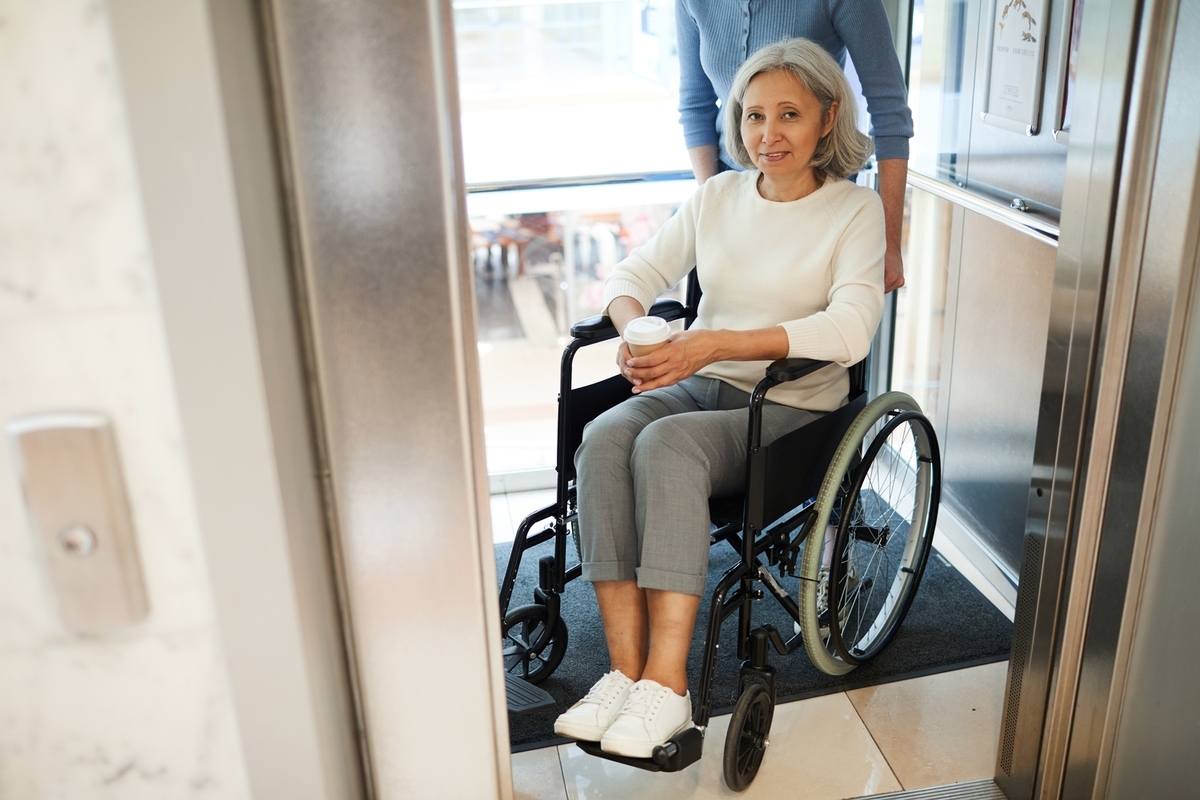
Comprehensive Guide to Residential Elevators for Seniors in the US: Enhancing Mobility, Safety, and Property Value
As the aging population in the United States continues to grow, more families are seeking ways to improve the safety, accessibility, and comfort of their homes for seniors. One of the most practical and effective solutions is the installation of residential home elevators. These lifts not only promote independence but also significantly reduce the risk of falls and accidents, ensuring a safer living environment for older adults. This detailed guide explores the numerous advantages of home elevators for seniors, key factors to consider before installation, and the different types of elevators available to suit various home layouts and budgets. Whether you are a homeowner, caregiver, or family member, understanding these options can help you make informed decisions that enhance the quality of life for your loved ones.
Why Installing a Home Elevator is a Smart Choice for Seniors
With advances in technology and a better understanding of aging-related mobility challenges, installing a home elevator has become increasingly accessible and popular among American homeowners. These elevators serve as vital tools that facilitate seamless movement between floors, thereby maintaining seniors' independence, safety, and comfort. Let's explore in-depth the benefits of integrating a residential elevator into a home designed for a senior resident.
1. Enhancing Mobility and Promoting Independence
Mobility issues are common among the elderly, often resulting from conditions like arthritis, osteoporosis, or muscle weakness. These challenges can make even simple tasks such as climbing stairs difficult, risky, or impossible. Installing a home elevator provides a reliable means for seniors to access different levels of their home without strenuous effort. It effectively eliminates the hazards associated with staircases, such as slips, trips, or falls, especially for those with balance issues.
Furthermore, a residential elevator allows older adults to perform daily activities more comfortably within their familiar environment, fostering a sense of autonomy and control over their lives. This newfound independence can significantly boost mental well-being and reduce dependency on caregivers or family members.
2. Safety First: Reducing Fall Risks and Injuries
Falls are among the leading causes of injury and hospitalization in seniors, often leading to serious health complications or even fatalities. According to data from the Centers for Disease Control and Prevention (CDC), falls account for a substantial percentage of ER visits and long-term disabilities among older Americans. Stairs, especially in multi-story homes, pose a notable hazard, increasing the likelihood of accidents.
Home elevators offer a smooth, stable, and secure method of navigation, significantly decreasing the risk of falling. Modern elevators include safety features like sensors, emergency stop buttons, backup power, and slip-resistant floors, ensuring that users are protected during operation. These safety measures are essential investments in safeguarding seniors’ health and well-being.
3. Increasing Property Value and Marketability
Beyond the practical benefits, installing a residential elevator can also enhance property value. Homes equipped with accessibility features like elevators are increasingly attractive to real estate buyers, particularly in markets where there is a growing demand for accessible living spaces. Such upgrades make properties more competitive and desirable, especially among families with senior members or those planning for aging-in-place scenarios.
In addition, modern elevators are customizable to match the home’s interior design, adding aesthetic appeal and a touch of luxury that can boost perceived value.
4. Assisting Caregivers and Easing the Caregiving Burden
Caregiving can be physically demanding, especially when lifting or assisting seniors up and down stairs. Installing a home elevator alleviates some of this physical strain, making it safer and easier for caregivers to support their loved ones. When transport across different floors becomes automated and safe, the burden of manual lifting or carrying is substantially lessened, allowing caregivers to provide better, more compassionate assistance.
Types of Home Elevators Suitable for Seniors
Choosing the right type of elevator depends on various factors, including the home layout, budget, aesthetic preferences, and specific needs of the user. Below are the most common types of residential elevators suitable for homes occupied by seniors:
1. Hydraulic Elevators
Hydraulic elevators operate through a piston powered by a hydraulic fluid, offering smooth and quiet rides. They generally support higher weight capacities and are suitable for larger homes with ample space. However, they require a dedicated machine room and more installation space, which may limit their use in smaller residences. They are ideal where comfort and capacity are priorities but tend to be on the higher end of the price spectrum, typically costing between $25,000 and $50,000 or more.
2. Traction Elevators
Utilizing pulley systems and counterweights, traction elevators are known for their energy efficiency and quieter operation. They are a popular choice for many homes because of their reliability and space-saving design. Traction elevators generally support moderate to high capacities and range from $15,000 to $40,000, depending on customization and specific features.
3. Screw-Driven Elevators
Screw-driven elevators are a compact, energy-efficient option suitable for smaller homes or spaces with limited room for installation. They operate via a rotating screw mechanism, are easier to install, and require less maintenance. These elevators typically cost between $10,000 and $20,000 and are prized for their simplicity and dependability.
4. Pneumatic Elevators
Pneumatic elevators lift using air pressure, creating a modern, sleek design that doesn't require a machine room or extensive space. These models are quiet, eco-friendly, and easy to install, making them an attractive option for homeowners seeking minimal disruption. Costs generally range from $10,000 to $30,000, with capacities suitable for personal use and light transport.
Key Factors to Consider Before Installing a Home Elevator
Prior to making a purchase, homeowners should carefully assess several critical factors to ensure the chosen elevator fulfills their needs effectively.
1. Available Space and Home Layout
The size and architecture of your home play a crucial role in determining the best elevator type. For example, pneumatic elevators or screw-driven models are ideal for compact spaces, while hydraulic or traction lifts may require more room. Accurate measurements and professional consultation are essential to ensure seamless integration into your existing structure.
2. Budget and Total Costs
Costs for home elevators vary widely, typically ranging from $10,000 to over $50,000, depending on the elevator type, customization options, and installation complexities. Additional expenses include ongoing maintenance, repairs, and potential renovations. Planning your budget upfront helps avoid surprises and ensures that the investment aligns with your financial capacity.
3. Maintenance and Long-Term Reliability
Regular maintenance is critical for safety, smooth operation, and longevity of the elevator. Some models require more frequent servicing and parts replacement than others. Consulting with professionals about maintenance schedules and costs helps you select a model suitable for your long-term needs.
4. Safety Features and Compliance
Safety should always be a priority. Make sure the elevator is equipped with essential safety features such as emergency stop buttons, backup power sources, sensors to detect obstacles, and slip-resistant floors. Additionally, ensure the elevator complies with local codes and standards to guarantee safe operation.
Comparison of Popular Home Elevator Types
Hydraulic Elevators: High capacity, larger space needs, moderate noise levels, cost $25,000–$50,000+
Traction Elevators: Energy-efficient, quieter operation, moderate capacity, cost $15,000–$40,000+
Screw-Driven Elevators: Compact, energy-efficient, lower capacity, price range $10,000–$20,000+
Pneumatic Elevators: Small footprint, silent operation, suitable for light use, costs $10,000–$30,000+
Investing in a residential elevator is a significant step toward ensuring safety, independence, and convenience for seniors. Although the initial investment can be substantial, the long-term benefits—such as improved quality of life, increased property value, and peace of mind—are well worth the cost. By evaluating your space, financial considerations, and personal needs, you can select an elevator that best suits your home and enhances your loved ones' daily living experience.
